► New brand, new car
► Sub £30k for the front-wheel-drive petrol
► More polished than you’d expect
Meet Jaecoo, another brand poised to crack the UK car market. The name stands for jaeger, the German for hunter and cool as in cool, and it’s owned by Chery Automotive; the Chinese giant also behind the new Omoda marque. Designed to appeal to the ‘new elites,’ it already has 71 dealerships in the UK with a target of 130 by the end of the year.
It’s all part of a master plan to one-two-punch consumers with low-cost offerings of every shape, size and powertrain. Starting at just £29,435, the Jaecoo 7 is a large SUV that follows the Omoda 5 and electric E5. Later in the year they’ll be joined by the Omoda 9, Jaecoo 5, Omoda 7 and then the Omoda 3.
But are they decent products? To find out we drive one after the brand’s glitzy launch in Windsor.
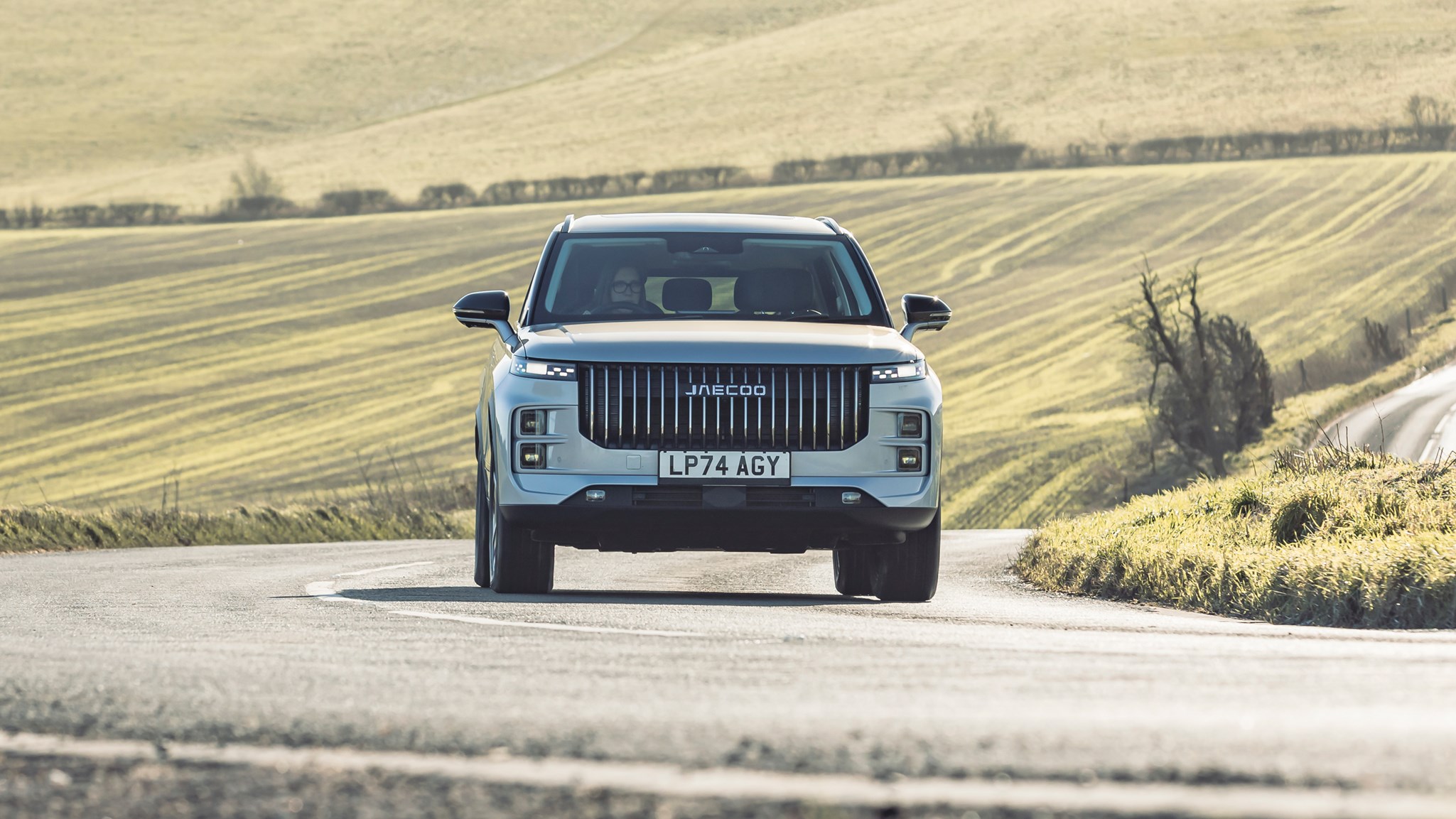
At a glance
Pros: price, infotainment and tech, feels robust, price again
Cons: fidgety ride, some parts feel cheap, doesn’t switch to petrol automatically
What’s new?
Jaecoo describes its design language as ‘traditional elegance combined with modern technology.’ That makes for strong hints of Land Rover, with a chromed-out ‘waterfall grille’ that channels a cast-iron radiator at the front, and techy lights at the rear. Between them is 4500mm of chunky, robust-looking metal. Our test cars were finished in either pearlescent white or black and didn’t stick out on the roads around Windsor. So far, so good.
The 7 is approaching family-favourite Kia Sportage sizes, but with a price range between £29,435 and £35,065 for the top of the range model, it’ll be attracting a mix of customers. Family SUV customers are obviously on the hit list, but so are with A- and B- segment consumers who want their money to go significantly further (and bigger).
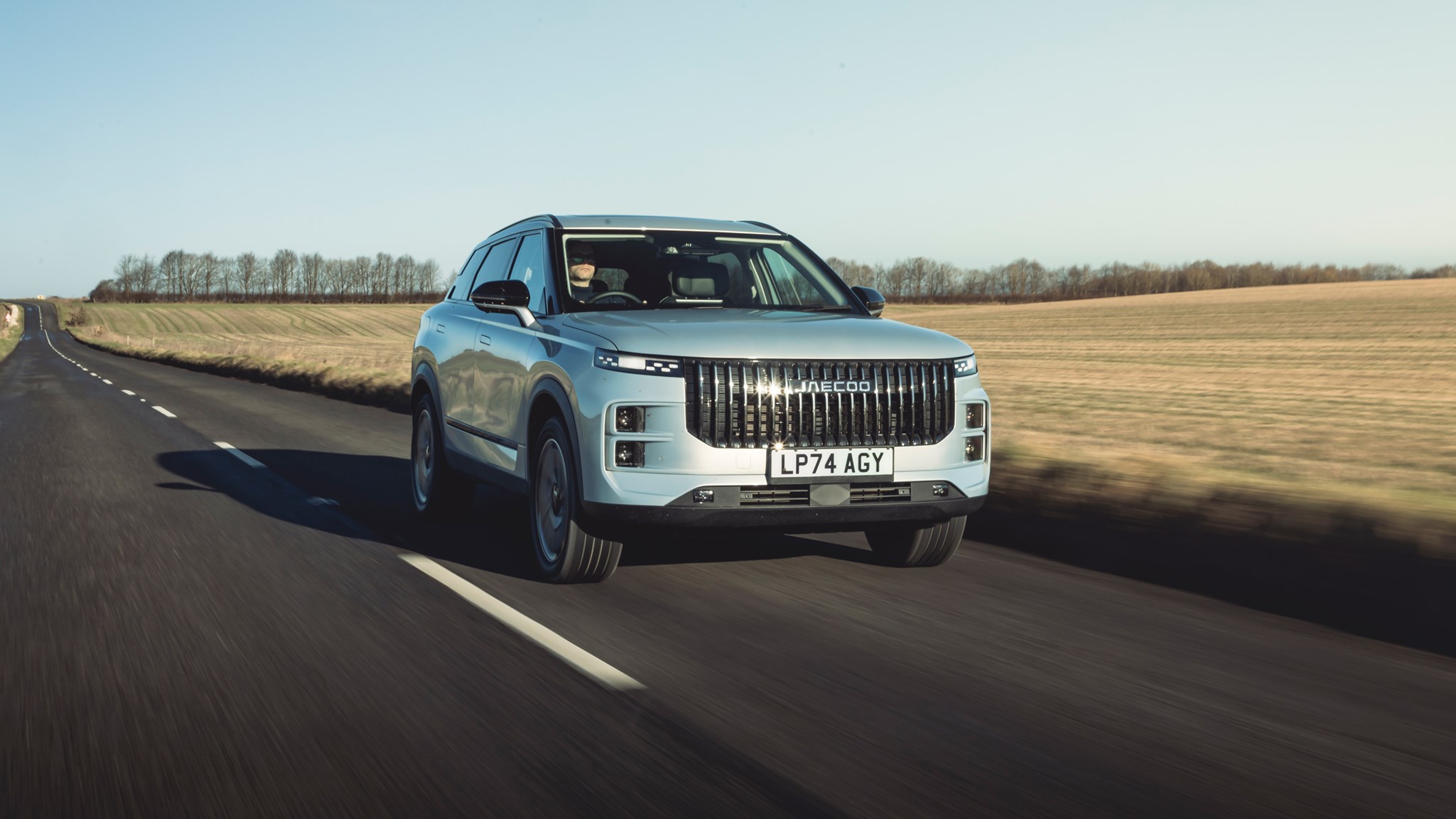
What are the specs?
The Jaecoo 7 comes with three powertrains to choose from: there’s an entry-level 1.6-litre 145bhp, two-wheel drive petrol, but there’s also an all-wheel drive version with the same engine. The range-topper is a PHEV or (Super Hybrid System powertrain in Jaecoo-speak) which we’ll get to later.
Performance is steady with a focus on range and fuel economy. With that in mind, the 1.6-litre two wheel drive hits 0-62mph in 10.3 seconds with a top speed of 112mph, and the all-wheel-drive petrol can manage 0-62mph in 11.8 seconds before going on to the same top speed. Efficiency figures are 37.7mpg for the two-wheel drive car and 35.3mpg for the AWD.
Jaecoo has taken great care to push the benefits of the Super Hybrid System, which uses a smaller turbocharged 1.5-litre petrol engine with hybrid transmission and 18.3kWh battery. Combined power output is 204bhp, with a 0-62mph time of 8.5 seconds and maximum speed of 108mph.
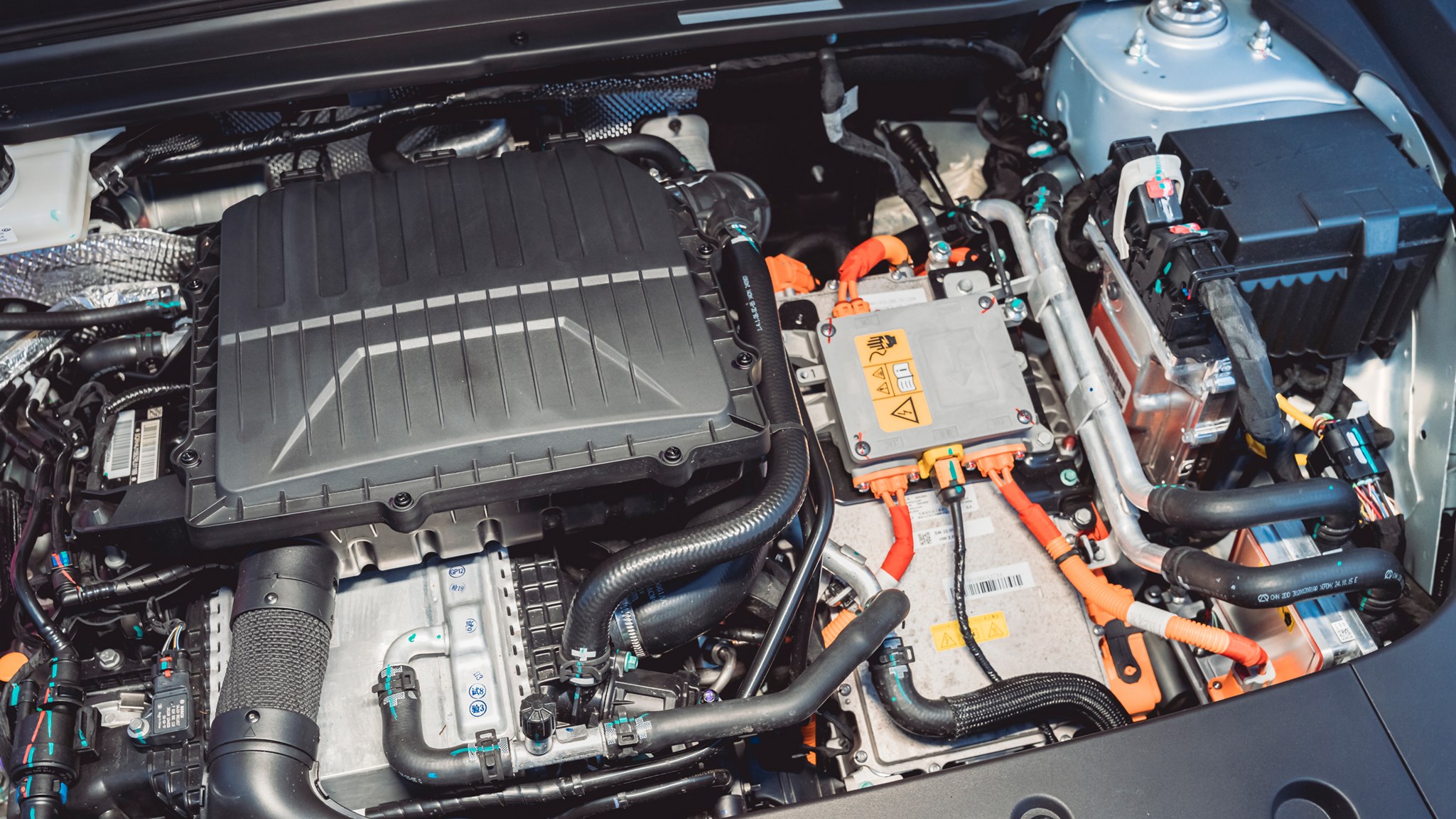
The ‘super’ bit? SHS uses the engine and regen to keep the battery above 0% so you’re never carrying around totally depleted cells. The end result is an EV range of 56 miles, with a lofty fuel consumption of 403mpg. If that sounds familiar, that’s because Jaecoo has used the same powertrain as the BYD Seal U DM.
The plug-in hybrid can be fast-charged at up to 40kW, where it can go from 30 to 80% in just 20 minutes. Do it at home on your wallbox and it’ll take six hours 30 minutes. The Jaecoo also has Vehicle-to-Load (VTL) capability thanks to a 3.3 kW charging plug.
What’s it like to drive?
We drove both the two-wheel-drive and the super hybrid system car on a relatively short route. With that in mind, first impressons are limited but not bad at all.
In the SHS, the Jaecoo’s hybrid system feels surprisingly refined; it starts on EV power so pulling away is silent, but when the engine does fire up, it’s pretty quiet. Its only under extreme stress the 1.5-litre makes itself heard. It also smoothly switches between EV and ICE particularly well too; without the awkward shuffling you’ll sometimes get in hybrids. Overall, acceleration is mostly fine, allowing to you to pull out quickly with confidence, and while the SHS hardly dynamic, it’s quick enough for daily life.
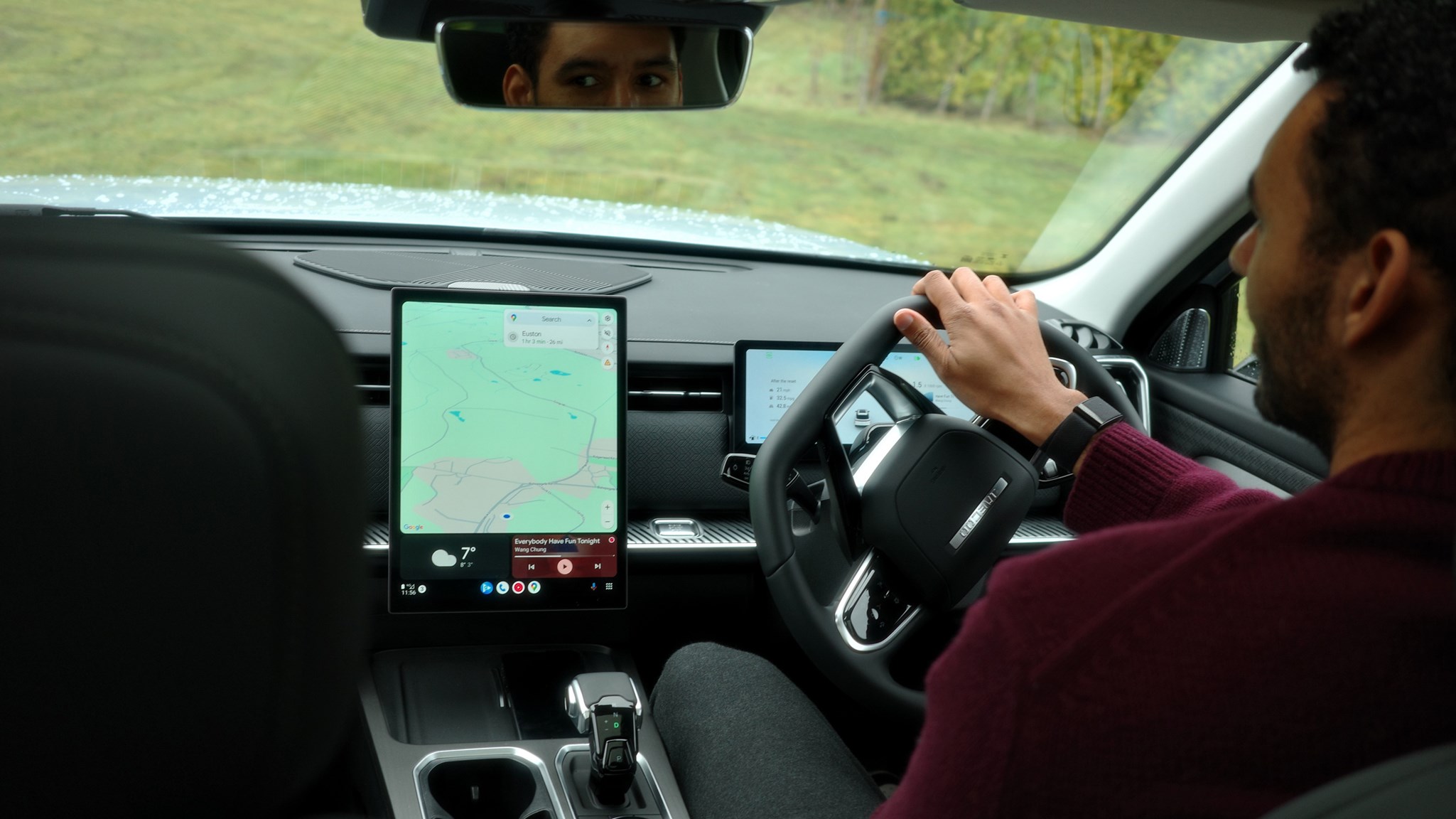
In Standard mode, steering was light and easy but a little vague, not ideal with the Jaecoo’s huge stature and narrow, Windsor roads. After a few minutes of driving it became relatively natural, but felt mismatched when compared to the rather sharp brakes.
As for the ride? Not bad. It’s firm but well damped, so you do feel potholes – but not much else. When combined with minimal road and wind noise, the SHS feels more refined than its bargain basement price tag suggests.
We also drove the 1.6-litre front-wheel drive and found it a little less polished. The powertrain is both louder and slower, but doing without the hybrid system makes it feel lighter on its feet in the bends – and a little more fidgety ride-wise.
What about the interior?
Like other Chinese brands, the Jaecoo prides itself on giving you a strong tech offering as standard. With that in mind, you get a large touchscreen in whichever trim you buy, but of particular note is the huge 14.8-inch panel in the Luxury model. It’s slick and responsive, smartphone integration (CarPlay and Android Auto) takes seconds and there are plenty of opportunities to personalise it. In the time we were in the car, we quickly learnt how to create shortcuts for driving assistance features.
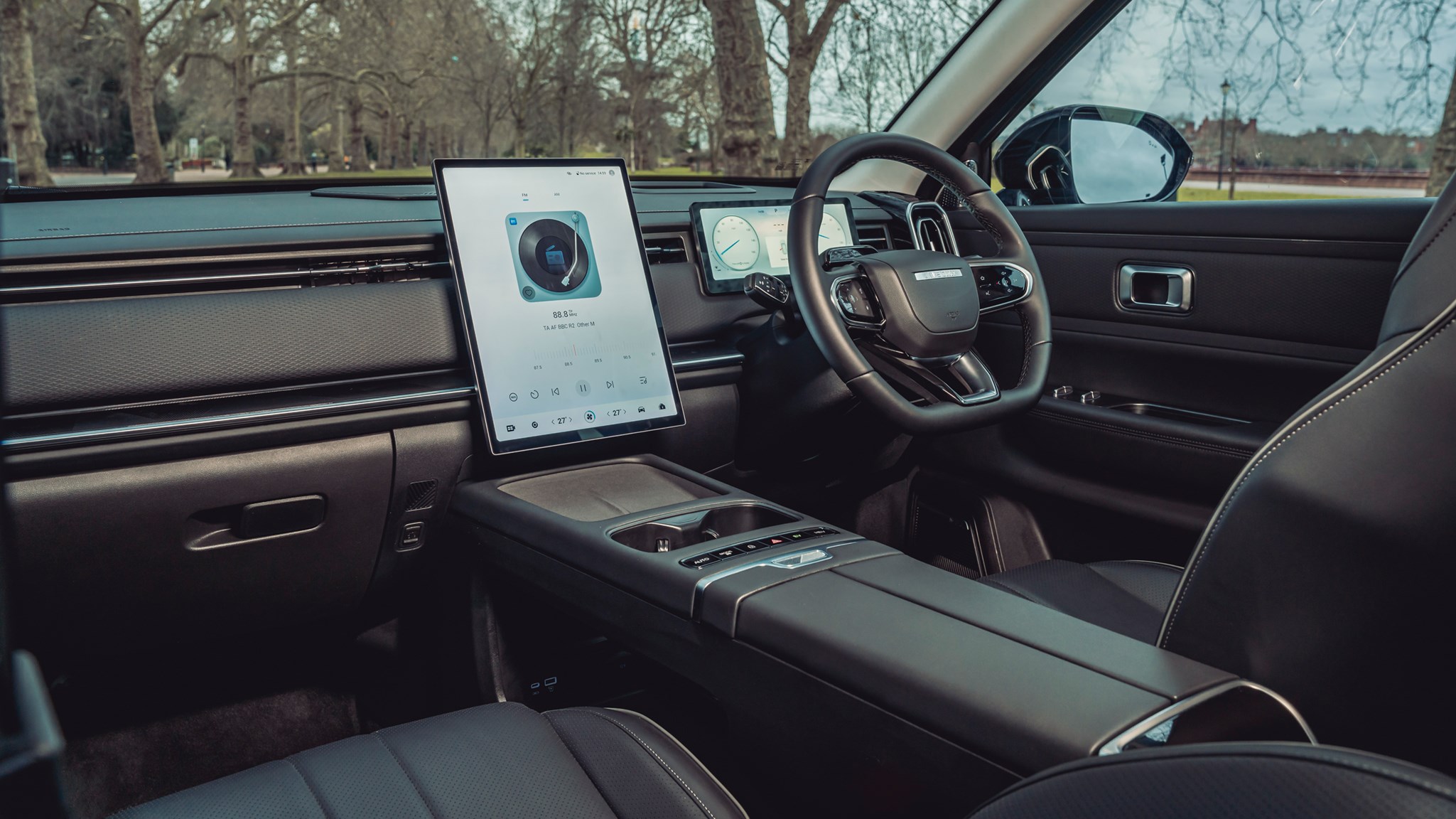
Look past the screen though, and the Jaecoo is airy and practical if not barren. There’s lots of storage space between the seats, and in front of the lower console are USB-A and USB-C sockets, as well as a 12-volt power socket. The tech continues with a Qi wireless charging pad with room for two phones (but charging for one). The glovebox is well-sized, too, and there’s a smaller flip-down cubby to the right of the steering wheel. Oh, and the gear selector in the pure petrol model is the strangest-looking thing, straight out of Sega’s 1980s hardware catalogue.
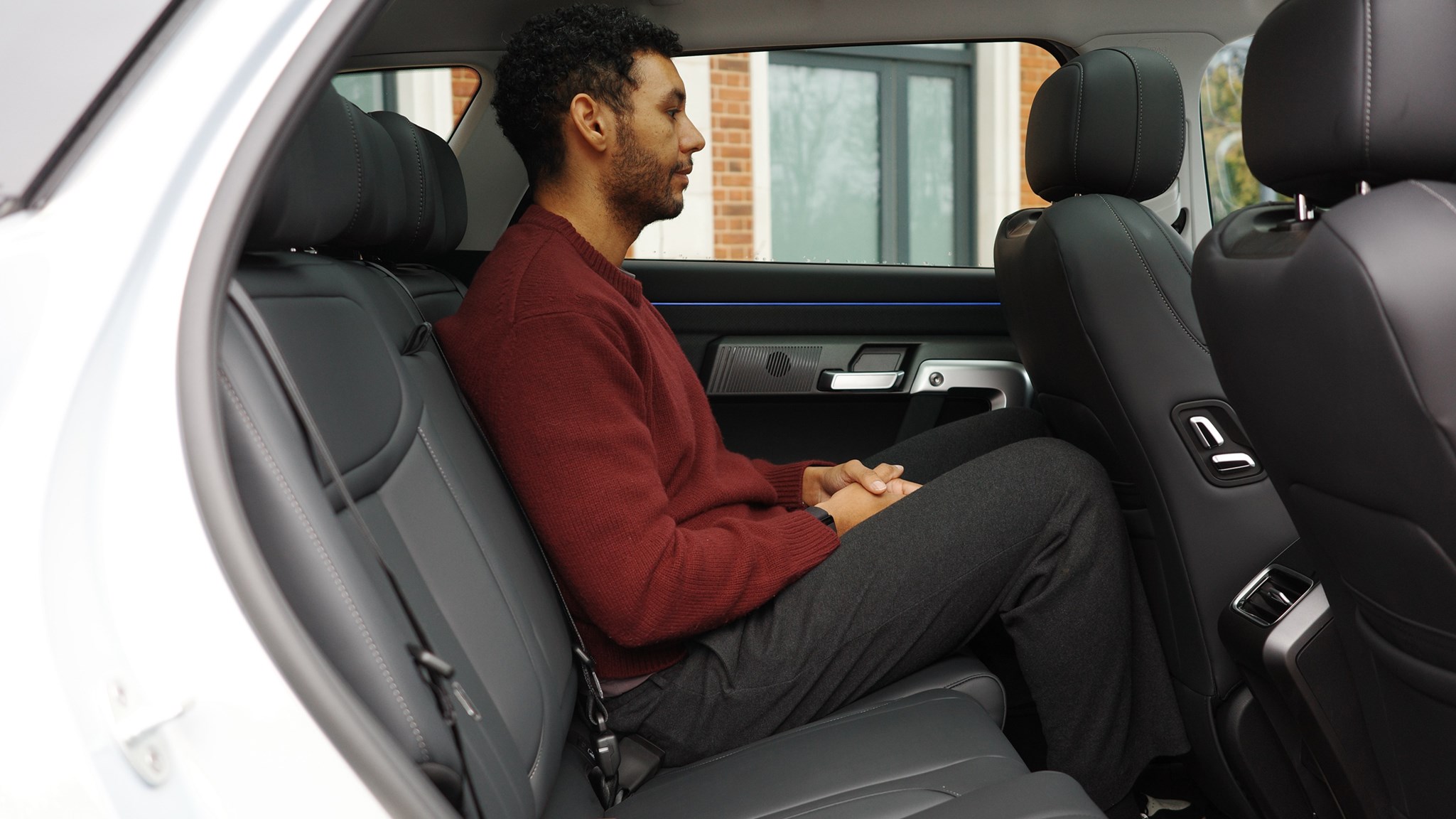
Before you buy
The Jaecoo 7 comes in two flavours – the entry-level model is the Deluxe and the range topper is the Luxury. The Luxury is available with the four-wheel-drive petrol, or the SHS plug-in hybrid set-up.
They’re all well-equipped, with items such as a panoramic roof, head-up display, heated and powered front seats, and a comprehensive array of safety kit including 16 driver-assistance systems. The main difference between Deluxe and Luxury is the size of the central screen, premium Sony audio and the interior trim.
All models come with a generous seven-year/100,000-mile warranty, with no mileage limit for the first three years.
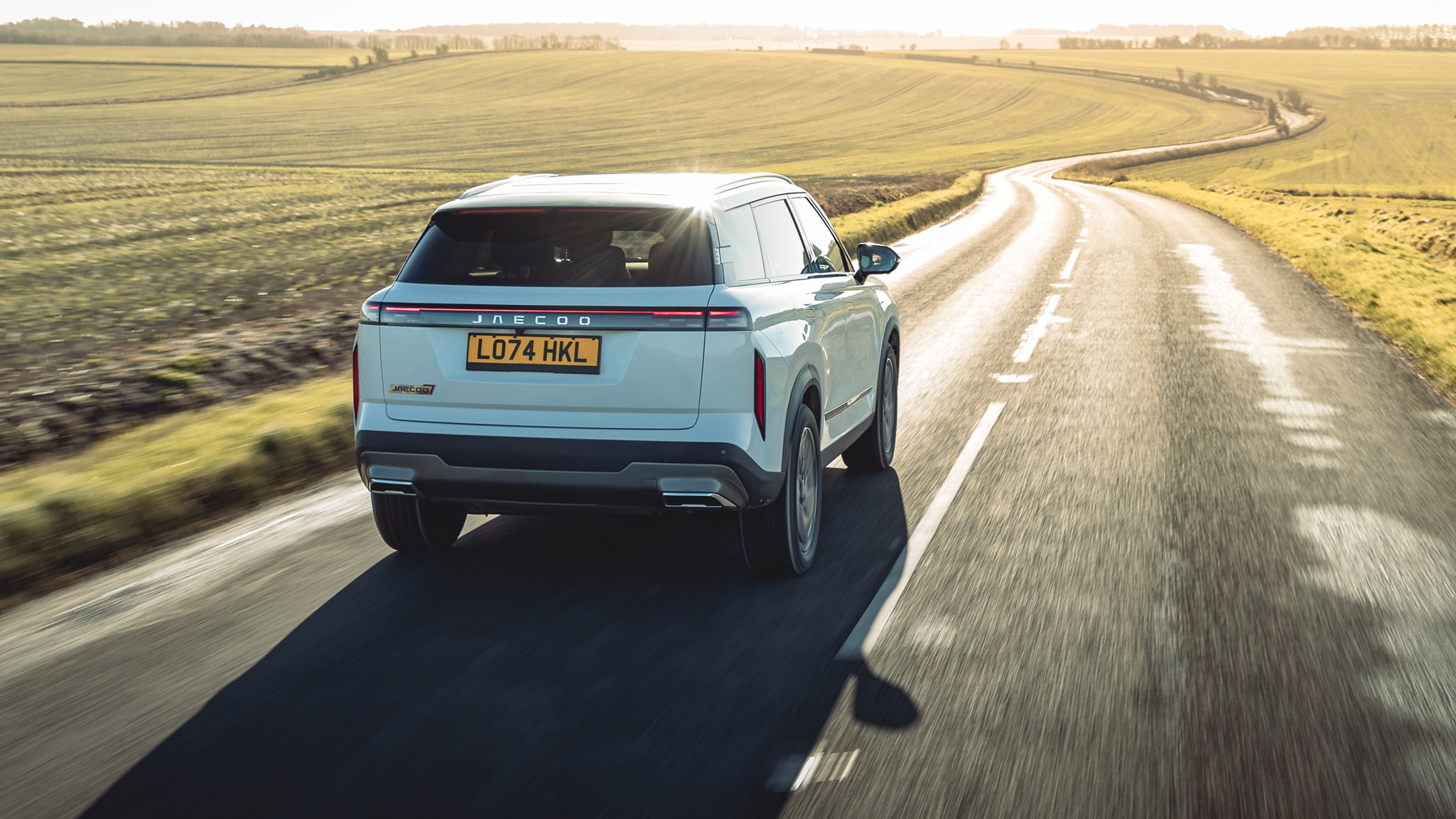
Verdict
First impressions are the Jaecoo are positive, though it’s by no means perfect. Of the two we drove, the SHS hybrid feels considerably more refined, but the driving controls and assistance systems – particularly a camera feed that blocks the nav when you’re indicating – can be a little jarring at times.
Factor in the price, though, and the Jaecoo becomes more compelling – or at least as compelling as something with looks this inoffensive can be. On product alone then, from this drive, it’s certainly worth considering if you’re also looking a Skoda Kodiaq, and Citroen C5 Aircross, for example.
The only issue? Jaecoo is so far unproven in the UK, but that should be helped by its generous seven-year/100,000-mile warranty.
Specs are for SHS model.